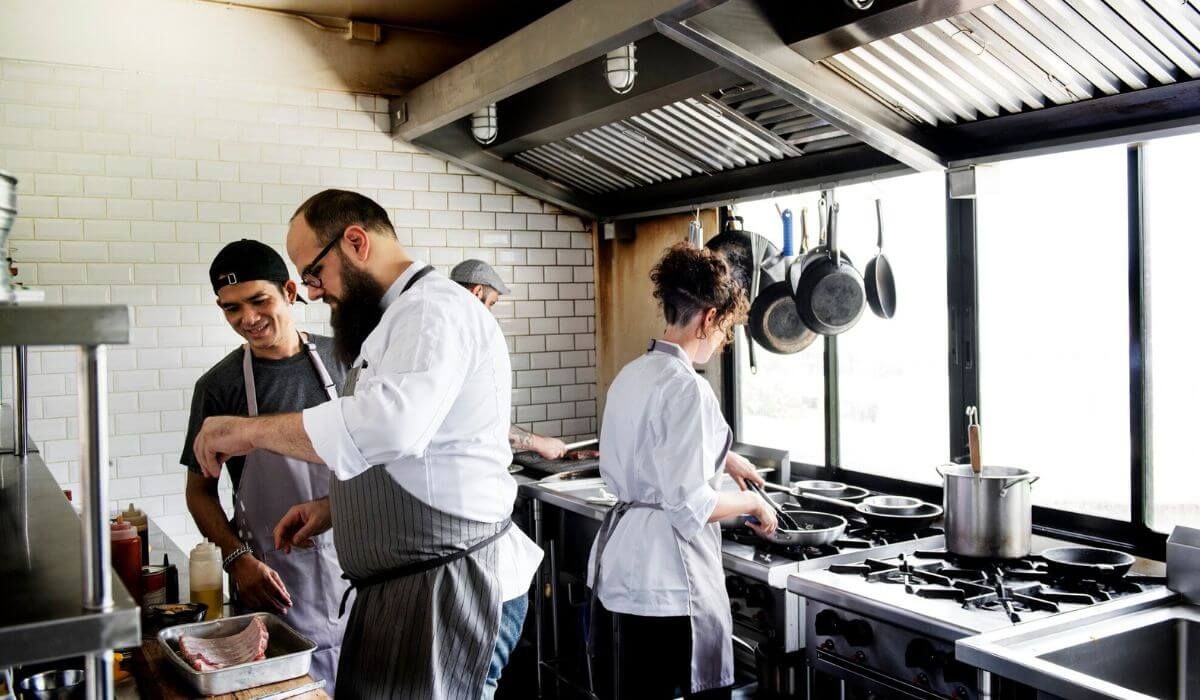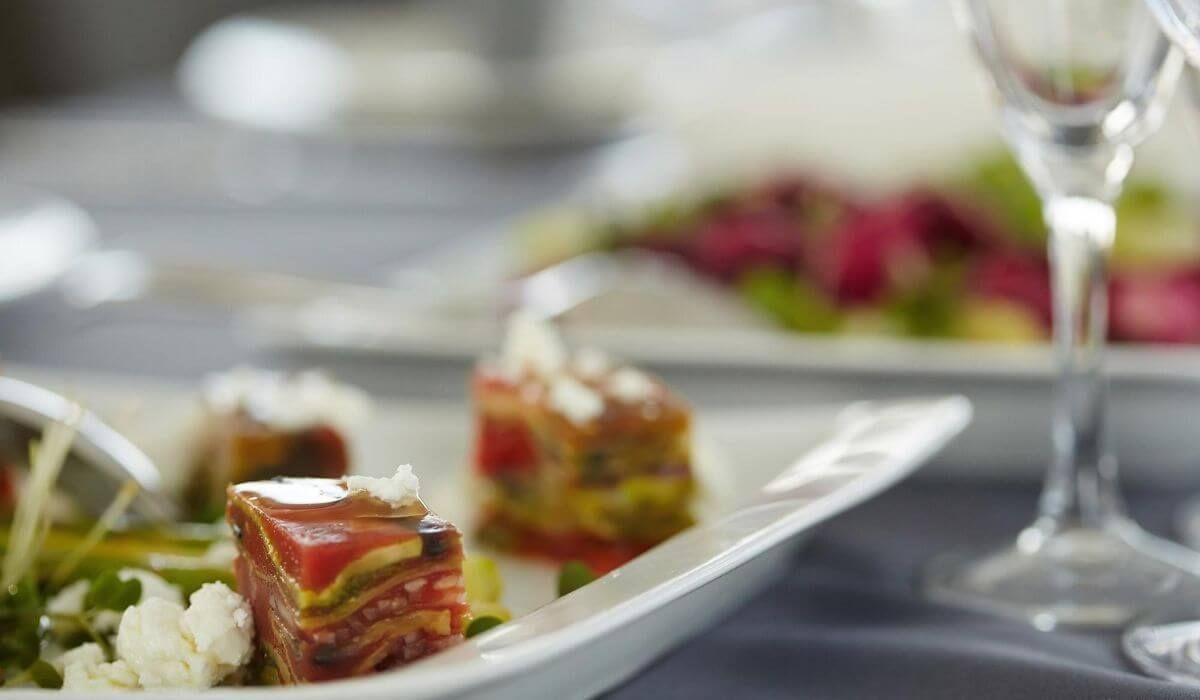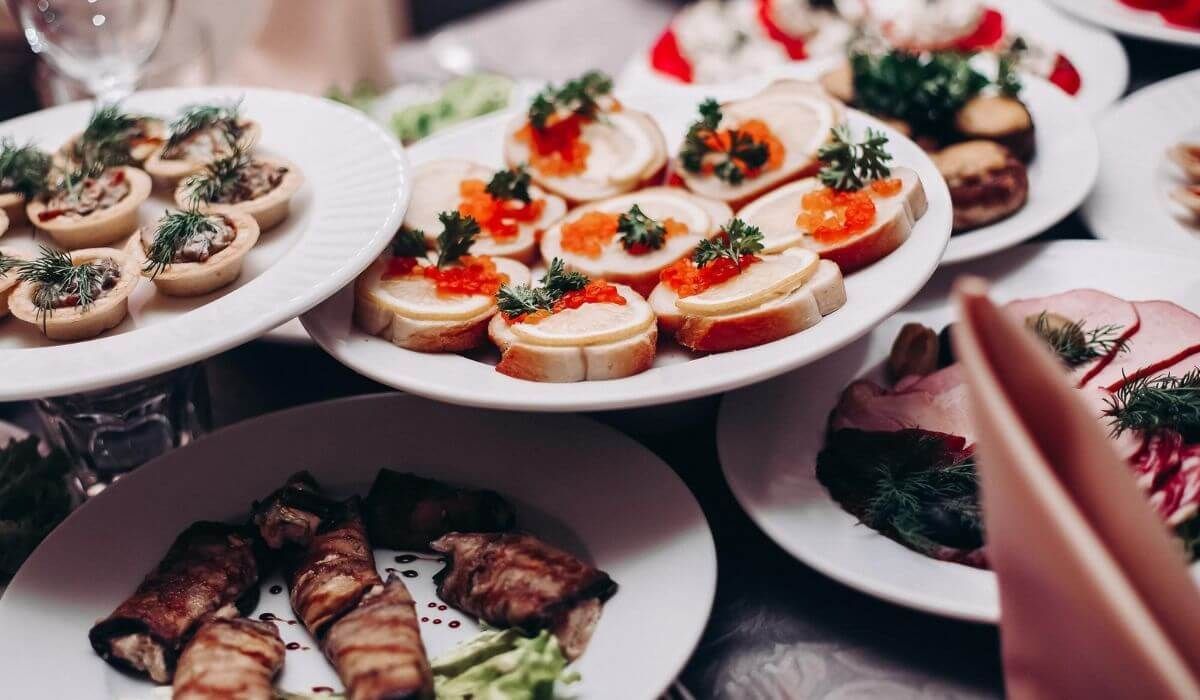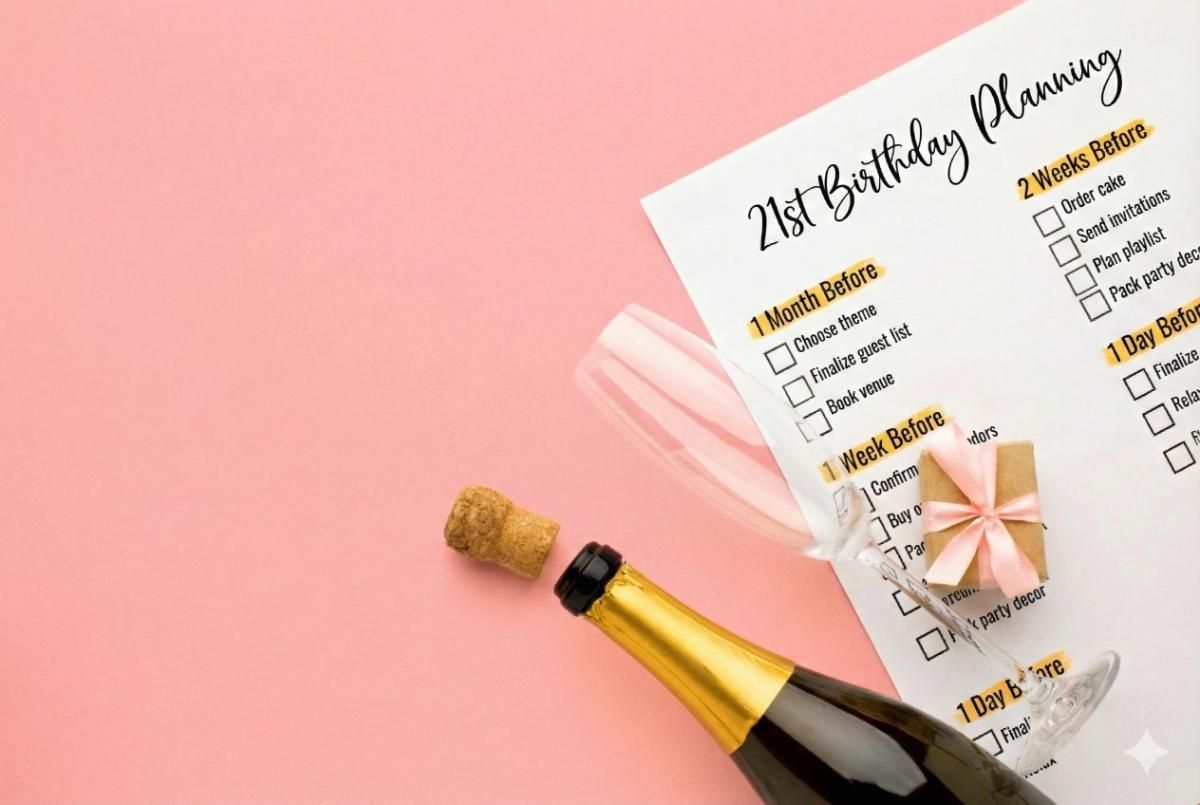Planning the perfect event in Sydney requires attention to detail, especially when it comes to catering. The right catering style can make or break your event, whether it’s a wedding, corporate gathering, or casual party. But with so many options, how do you choose the best one?
In this post, we’ll break down the most popular catering styles, their benefits, and how to select the right fit for your event. Let Caterking guide you through the decision-making process!
Exploring Different Types of Catering Styles
Catering plays a pivotal role in the success of any event, whether it’s a wedding, corporate meeting, or casual gathering—especially when considering contract catering styles for business events.
Selecting the right catering service can sometimes feel overwhelming, with so many options available. However, understanding the different types of catering styles and their unique offerings will make your decision much easier. Let’s dive into the most popular types of catering services and explore what each one brings to the table.

What Are the 4 General Types of Catering?
On-Premise Catering
On-premise catering is the most traditional form of catering. In this style, all the food is prepared and served at the event location. This style is commonly chosen for weddings, banquets, and corporate events where a professional caterer will handle all aspects, from cooking to serving.
Advantages:
- Full control over the catering experience.
- Personalization options for the menu.
- Close proximity between kitchen and guests.
Disadvantages:
- Can be more expensive due to equipment and staffing costs.
- Logistical challenges if the venue isn’t equipped for catering.
On-premise catering allows your guests to enjoy fresh, hot food straight from the kitchen. It’s ideal for those who want to ensure that the food quality is top-notch and want everything to be prepared on-site.
Off-Premise Catering
Off-premise catering is ideal for events that take place outside a traditional venue, such as a park, private home, or even a corporate office. In this scenario, the catering company prepares the food in their kitchen and transports it to the venue. Examples of off-premise catering include food trucks, mobile catering, and delivery services.
Advantages:
- Flexibility to cater to events in non-traditional venues.
- Convenient for outdoor and destination events.
Disadvantages:
- The food may not be as fresh as on-premise catering.
- Additional logistics are required for transporting food and equipment.
Off-premise catering allows you to create a more relaxed and unique event atmosphere. It’s perfect for casual gatherings and corporate events that require flexibility in venue choices.
Buffet Catering
Buffet catering is a popular choice for large events, such as corporate gatherings, conferences, and parties. In a buffet-style service, food is presented on long tables, and guests can help themselves. This style promotes interaction and gives guests the freedom to select exactly what they want.
Advantages:
Wide variety of food options to cater to different tastes.
- Guests can eat at their own pace, allowing for a more casual dining experience.
Disadvantages:
- Potential for food waste if not managed well.
- Lines can form, leading to delays in service.
Buffet catering works best for casual, laid-back events where mingling and a more relaxed atmosphere are important. While it offers great variety, it may not be the best option for formal events where a more structured dining experience is desired.
Plated Catering (Sit-Down Service)
Plated catering, also known as sit-down service, involves serving guests individually at their table. This style is often seen at more formal events such as weddings, galas, or fine dining experiences. The caterer will typically offer a set menu or allow guests to choose from a few options ahead of time.
Advantages:
- Highly organized and elegant.
- Less food waste and greater portion control.
- Ideal for formal settings with a more structured flow.
Disadvantages:
- Higher cost due to staff and organization.
- Less freedom for guests compared to buffet style.
Plated catering offers a refined, intimate dining experience that’s perfect for formal gatherings. It’s also easier to control portion sizes and minimize food waste, making it a top choice for upscale events.

What Are the 7 Functions of Catering?
Menu Planning and Customization
One of the main roles of a catering service is to design and customize the menu to fit your event. This includes considering dietary restrictions, guest preferences, and seasonal availability of ingredients. Working with professionals like those at Caterking ensures that every guest is happy with the food offerings.
Food Preparation and Cooking
Caterers are responsible for preparing and cooking large quantities of food, ensuring quality and consistency across the entire menu. Unlike regular restaurants, caterers must scale up production without compromising on taste and presentation.
Food Presentation and Serving
A professional catering service takes great care in presenting food in an aesthetically pleasing way. Whether it’s a buffet, plated, or family-style setup, food presentation plays a key role in creating an enjoyable dining experience.
Venue Setup and Decoration
Caterers also help with the setup and decoration of the venue, ensuring that the food and drink stations complement the overall event theme. This adds an extra touch of class and organization to any event, enhancing the atmosphere.
Staffing and Guest Hospitality
Catering services provide well-trained staff, such as servers, chefs, and bartenders, who are crucial in delivering great customer service. Their professionalism and attention to detail can make a significant difference in the overall guest experience.
Logistics and Equipment Management
Caterers manage all the logistics of transporting and setting up the required equipment. This includes everything from transport vehicles to cooking utensils, ensuring that the event runs smoothly without any hiccups.
Clean-Up and Waste Management
After the event, the catering team handles all the clean-up. Many modern catering services, like Caterking, are increasingly focused on sustainability, minimizing waste and using eco-friendly practices.
Choosing the Right Catering Style for Your Event
When choosing a catering style, there are several factors to consider, including your budget, the type of event, and the number of guests. You’ll also want to think about the atmosphere you want to create—whether it’s a relaxed, casual gathering or an elegant formal affair.
Here are a few things to keep in mind:
- Budget: Certain catering styles, such as plated meals, may cost more due to staffing requirements. Buffets can be more budget-friendly while still offering a wide variety of food options.
- Event Type: Weddings typically call for plated meals, while corporate events may benefit from buffet catering or food stations. Casual gatherings can opt for off-premise or food truck catering.
- Guest Count: Larger events may be better suited for buffet or self-service catering, while smaller events may work well with plated services for a more intimate dining experience.

FAQs
What is the best catering style for large events?
Buffet catering is often ideal for large gatherings, as it offers variety and allows guests to serve themselves, reducing wait times.
How do I determine the right catering style for my wedding?
Consider the formality of your wedding and your guest preferences. Plated catering is perfect for formal weddings, while buffet or food stations may work better for a more casual, interactive event.
What are the cost differences between buffet and plated catering?
Buffet catering tends to be more affordable, as it requires fewer staff to serve food. Plated catering, on the other hand, involves more staffing and coordination, making it typically more expensive.
Can catering services accommodate dietary restrictions?
Yes, most caterers, including Caterking, offer customization options for dietary restrictions like gluten-free, vegetarian, and vegan options.
How far in advance should I book a catering service?
It’s recommended to book at least 3-6 months in advance, especially for larger events or weddings, to ensure you get the best service and availability.
What is the difference between catering and banquet service?
Catering generally refers to food service at any event, while
banquet-style catering typically involves larger, more formal events where food is served in a structured way.
What should I ask a caterer before hiring them?
Key questions include: “Do you have experience with my type of event?”, “Can you customize the menu?”, and “What’s your policy for dietary restrictions?”
Choosing the right catering style for your event is a crucial decision that will impact your guests’ experience. From buffet-style services for casual gatherings to plated meals for formal occasions, each catering style offers unique benefits. Whether you're planning a wedding, corporate event, or casual get-together, Caterking can help you select the perfect catering option that suits your needs, budget, and guest preferences. Contact us today to explore our custom catering services in Sydney, and let us take your event to the next level.
Let Catering Sydney elevate your catering experience - Get in touch with us now!
You might also like




